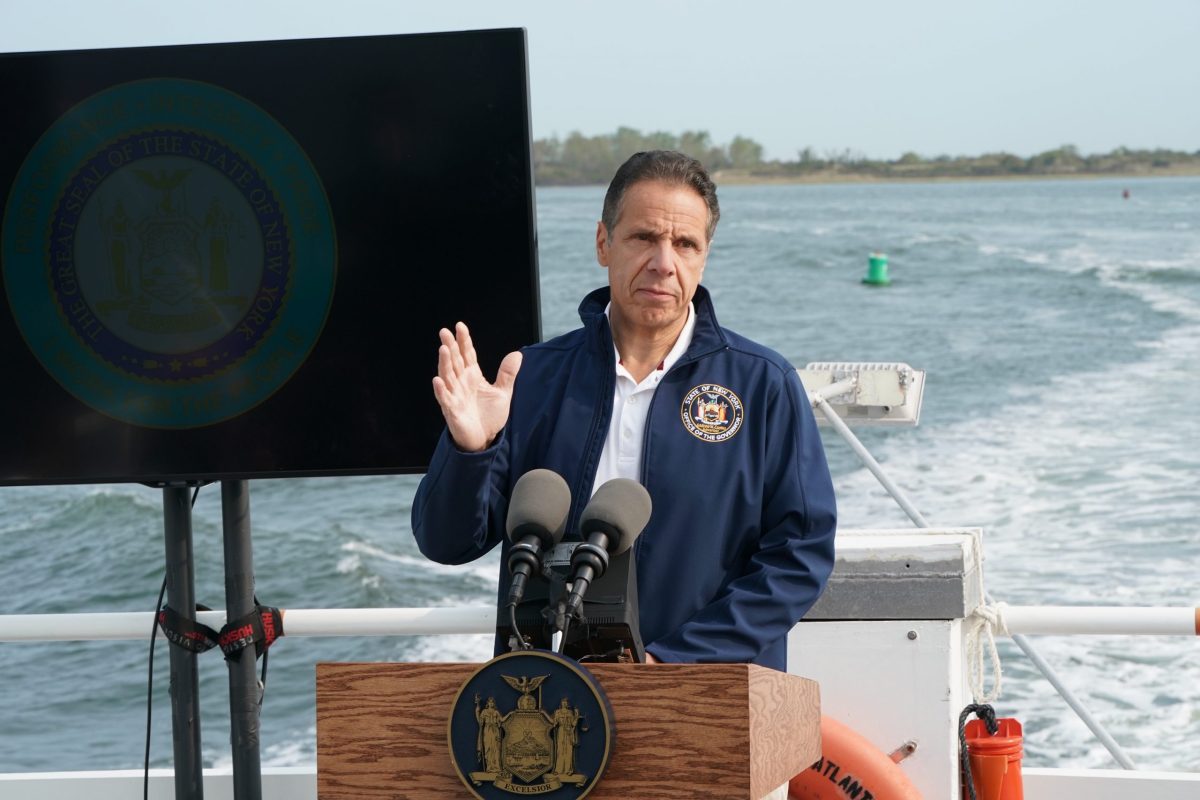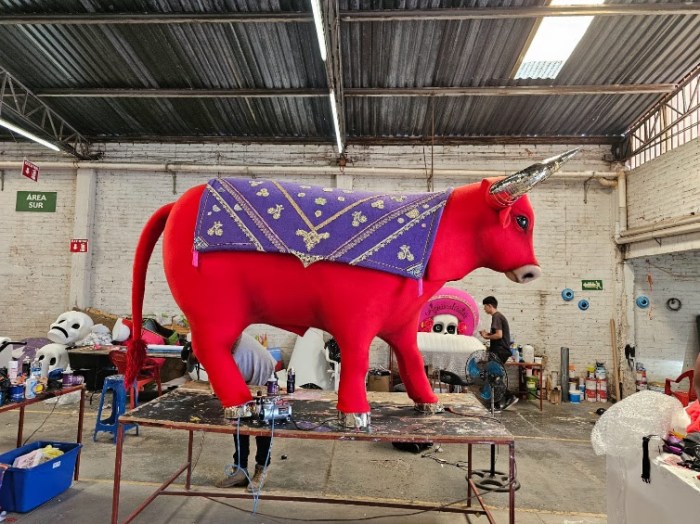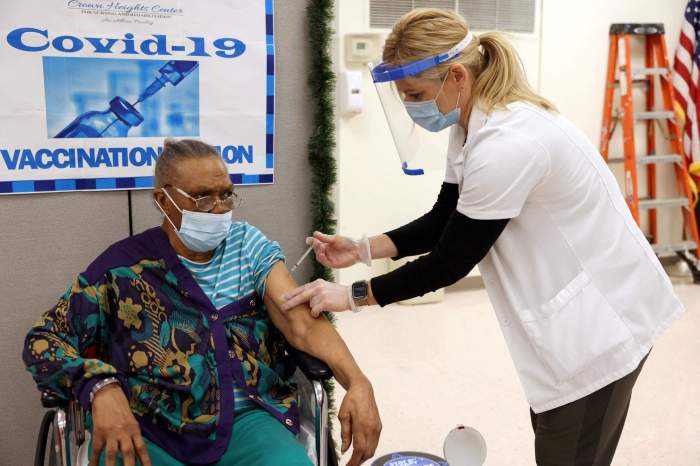Why aren’t more New York businesses getting the green light from the state to open faster?
Governor Andrew Cuomo says it all boils down the mathematics of a manageable infection rate which the state is still on the threshold of, so don’t expect movie theaters or indoor dining at full capacity to return soon to the five boroughs.
During a press conference Wednesday, in which Cuomo described the experience of COVID-19 as a “profound, transformational experience” due to the trauma inflicted upon New Yorkers, the governor addressed the state from the aft of ship pitching around in the Atlantic near 12-Mile Reef.
“We don’t want to see the COVID infection rate go over 1% for any period of time. To calibrate the economic activity, activate as much economic activity as you can to go up to that 1% infection rate. One percent means one person is infecting one other person, that’s an infection rate you can manage,” Cuomo said. “Yesterday, we were over 1% statewide, for the first time in about 40 days, but we were over 1%. Today, 0.87%… We are right up and at that limit.”
Last week, Cuomo announced that the state would begin allowing indoor dining in the city for the first time since March at 25% capacity, but not before Sept. 30.
Prior to this, neither the governor nor Mayor Bill de Blasio had presented a plan based in metrics that needed to be met for indoor dining to return despite every other region in the state being allowed to serve and even New Jersey granting permission for 25% capacity.
Both leaders said they would be observing how this went in New Jersey before making a decision for city dwellers, but Cuomo put pressure on the City Hall to start doing its share to monitor compliance at eateries and bars within its jurisdiction.
Pressure was on the governor as well from restaurants who filed a $2 billion class-action lawsuit against the state claiming they would not survive the fast-approaching winter with outdoor accommodations, take out and delivery options being the only options available.



































